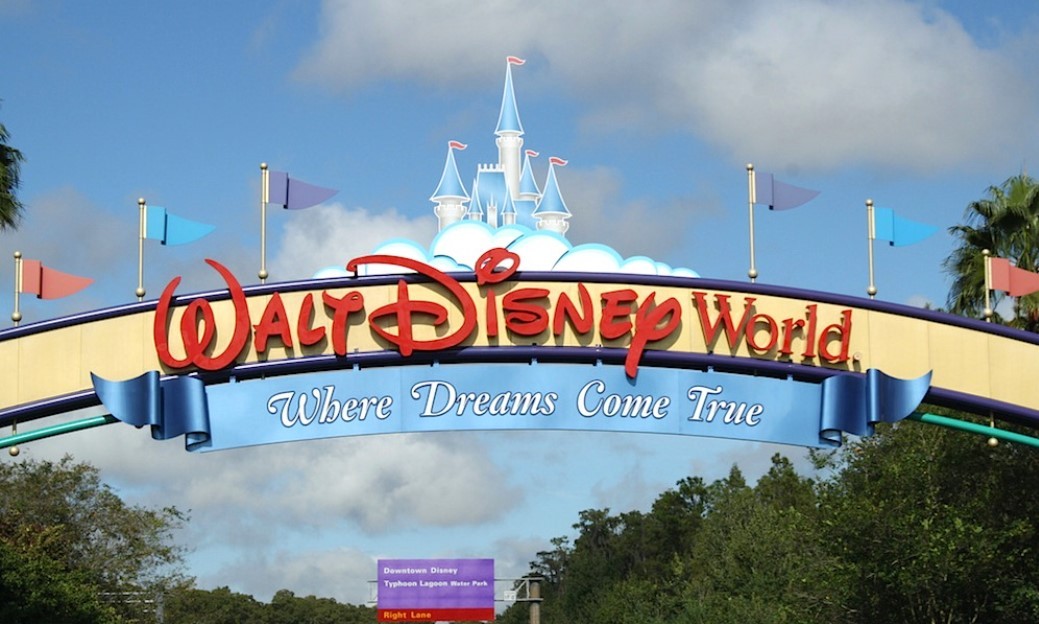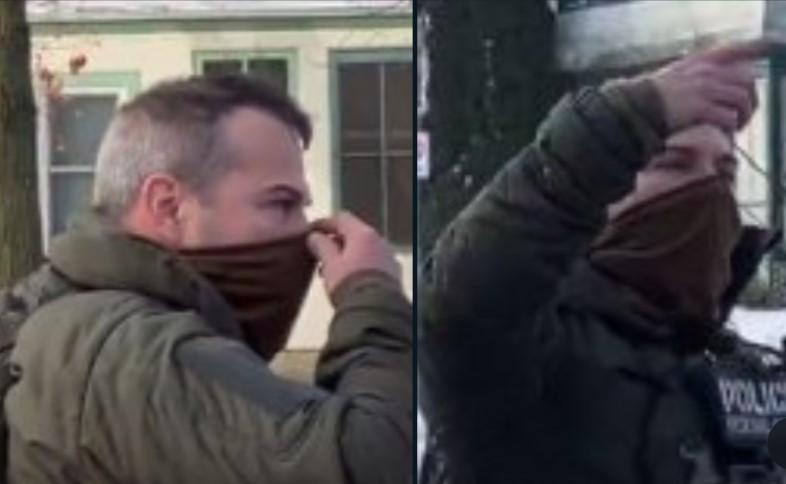Inside Iran’s Nuclear Fortress Fordow: The Truth About the Mountain-Deep Centrifuge Halls
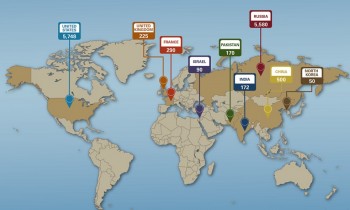 Which Countries Possess Nuclear Weapons in 2025? List of Nations Are Nuclear-Ready Which Countries Possess Nuclear Weapons in 2025? List of Nations Are Nuclear-Ready |
 Inside Putin's Nuclear Briefcase (Cheget) and the Secrets of Russia’s Nuclear Arsenal Inside Putin's Nuclear Briefcase (Cheget) and the Secrets of Russia’s Nuclear Arsenal |
Hidden more than 80 meters underground and armored with layers of reinforced concrete and steel, Fordow is the crown jewel of Iran's nuclear program and a nightmare for those contemplating military intervention.
This report offers an in-depth look at Iran's most protected rnuclea site: from its clandestine origins and formidable architecture to the advanced centrifuge operations buried beneath rock and steel. It explores why Fordow is seen as a near-invulnerable stronghold, how it has changed the nuclear deterrence equation, and what it means for the broader Middle East—especially in light of the most recent and unprecedented Israeli military strikes.
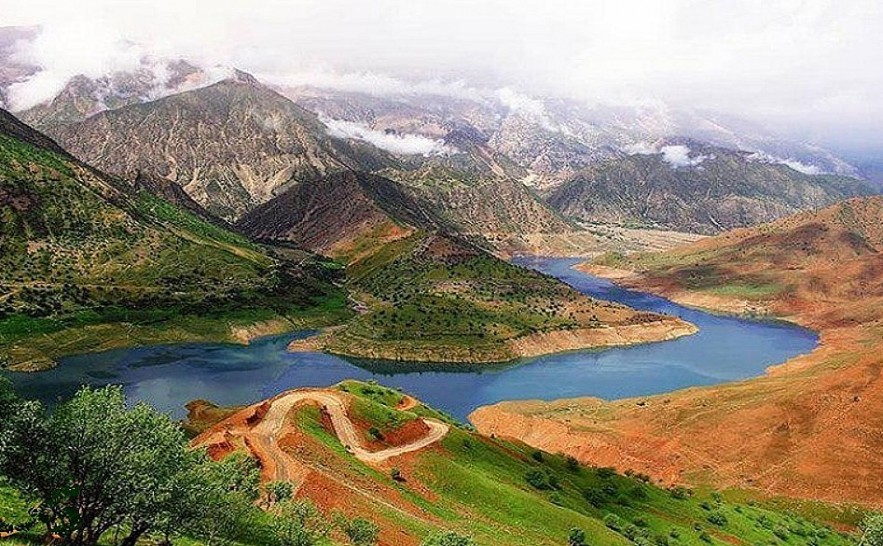 |
| The Zagros Mountains are the largest mountain system of Iran in the Middle East, covering about one-third of the country |
Born in Secrecy: The Hidden Genesis of Fordow
Just 32 kilometers northeast of Qom, the Fordow Fuel Enrichment Plant (FFEP) began as a shadow project in the early 2000s. Its discovery in 2009 by Western intelligence services came as a wake-up call. The revelation shattered assumptions that Iran's enrichment capabilities were limited to known facilities like Natanz.
Iran insisted the facility was for peaceful research, but the depth, isolation, and sheer security of the plant told a different story. Fordow's location—tunneled into a mountainside and shielded by hundreds of meters of rock—was not just about secrecy. It was about survivability against even the most sophisticated weapons.
According to experts, the very existence of Fordow signals a strategic pivot by Iran: away from vulnerable, above-ground facilities and toward hardened assets that can resist airstrikes, cyberwarfare, and sabotage.
Building the Unbreachable: Fordow's Defensive Design
Iran's engineers turned a mountain into a fortress. Fordow's defensive architecture incorporates:
-
Subterranean depth exceeding 80 meters
-
Concrete shielding up to 2.5 meters thick
-
Steel blast doors and internal lockdown zones
-
Redundant life-support, filtration, and emergency power systems
Multiple entry tunnels ensure operational continuity even under attack. Air filtration units are distributed in different sectors, and critical systems are compartmentalized. Satellite images have revealed further expansion of surrounding structures, potentially housing auxiliary operations or decoy installations.
In military terms, Fordow is a "hard target"—a facility designed to survive multiple waves of precision strikes. With the added benefit of topographical shielding, any strike must overcome gravity, rock, steel, concrete, and time-sensitive resistance measures.
The result: a nuclear facility so fortified that even bunker-busting ordnance like the GBU-57 Massive Ordnance Penetrator would struggle to neutralize it without repeated direct hits and perfect targeting intelligence.
Inside the Core: Iran's Centrifuge Arsenal
What makes Fordow especially dangerous in the eyes of the West is not just its fortification, but its function. Within its reinforced chambers are hundreds of centrifuges. While it initially housed only IR-1 models, Iran has since installed and tested advanced IR-6 centrifuges, capable of enriching uranium faster and more efficiently.
The IAEA has reported uranium enrichment at Fordow reaching 60% purity—far above the 3.67% cap set by the JCPOA and perilously close to weapons-grade. Though Iran insists this enrichment is for medical isotopes and scientific research, the proximity to weapons-grade enrichment raises international alarm.
Enrichment halls at Fordow operate in high-security zones, with separate sections for gas handling, isotope collection, and machine calibration. Engineers are rotated in secure shifts, with equipment maintenance subject to dual-key authorization. Iran’s claim of peaceful intent is undermined by the very military-grade security enveloping these processes.
 |
| Zagros mountains; a beautiful natural tourist attraction |
The Western Dilemma: A Target Too Tough to Hit
For U.S. and Israeli military planners, Fordow presents a paradox. It's too dangerous to ignore and too hard to destroy. Several layers complicate any potential strike:
-
Extreme depth: Even advanced bombs may not penetrate fully.
-
Geopolitical risk: A strike requires overflight of hostile or neutral nations.
-
Asymmetric retaliation: Iran could unleash proxy forces or disrupt global energy markets.
-
Global fallout: Strikes could destabilize oil prices, shake regional alliances, and embolden hardliners.
The June 2025 Israeli military campaign, Operation Rising Lion, confirmed this assessment. Despite launching over 200 jets and dropping more than 330 munitions in five waves—targeting facilities across Natanz, Isfahan, and Tehran—Fordow sustained only superficial above-ground damage. Israeli officials deny directly targeting the core underground complex, and satellite imagery backs that claim. Once again, Fordow emerged largely unscathed.
A 2021 war game simulation conducted by a Western think tank concluded that any strike on Fordow would lead to uncontrollable escalation unless paired with regime-toppling precision and diplomatic cover—an almost impossible combination.
Covert War: When Bombs Don’t Work, Malware Does
With military action unlikely to succeed, covert operations have taken center stage. The Stuxnet cyberweapon—jointly developed by the U.S. and Israel—set back Iran’s enrichment program in 2010 by sabotaging centrifuges at Natanz. Though Fordow wasn’t directly targeted, the message was clear: cyberwarfare could bypass physical barriers.
Israel's latest kinetic strikes, while powerful, were complemented by ongoing cyber and electronic warfare efforts. Yet even these proved limited in disrupting Fordow's operations. In addition to malware, a series of assassinations targeting Iranian nuclear scientists and unexplained explosions at sensitive sites continue.
Despite these efforts, Fordow continues to expand. Satellite imagery from mid-2025 shows new tunnel construction and security enhancements—solidifying its role as a long-term strategic facility.
Tehran’s Message: Power, Pride, and Deterrence
To Iran, Fordow is more than a military asset—it’s a national monument to defiance. It showcases Iran’s ability to survive under sanctions, resist sabotage, and pursue high-level nuclear science. Fordow broadcasts a message both domestically and internationally: Iran will not be coerced.
The symbolism of Fordow runs deep in Iranian statecraft. It’s used in media and speeches as evidence of Iran’s technological self-reliance, religious conviction, and sovereign right to nuclear development. Iranian officials often host foreign dignitaries at the site to demonstrate transparency—ironically reinforcing its power as a political tool.
Iran’s stance is rooted in deterrence logic. By building a bunker-proof uranium site, Tehran ensures it can continue enrichment even during conflict. That capacity—regardless of actual intent to produce weapons—forces adversaries to tread carefully.
The Fordow Paradox: Invincibility and Instability
Paradoxically, Fordow’s invulnerability may reduce the likelihood of war by increasing the cost of conflict. Deterrence theory suggests that hard-to-kill assets prevent hasty aggression. Yet the flip side is equally dangerous: if diplomacy fails, Fordow could enable Iran to weaponize quickly, without effective countermeasures.
This duality makes Fordow a strategic pivot point. Its mere existence forces enemies to choose between risky inaction and risky escalation. For now, the world has opted for containment. But if negotiations falter further, Fordow could transition from a deterrent to a flashpoint.
This is the danger of what analysts call “strategic ambiguity.” As long as Fordow exists, so too does the possibility—real or perceived—that Iran is closer to a bomb than anyone knows. That perception alone shifts alliances, raises military spending, and destabilizes regional planning.
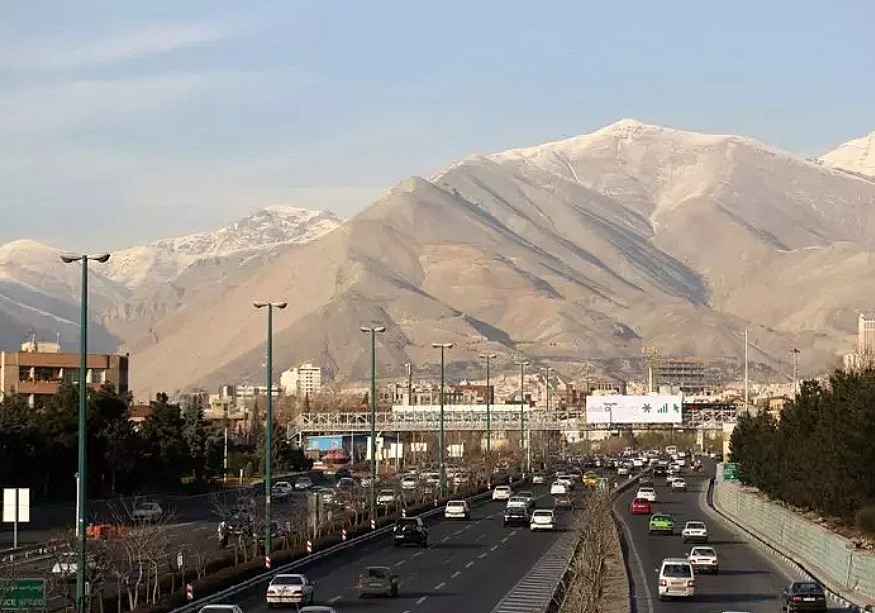 |
| Security Air superiority over Zagros Mountains key in potential conflict with Iran |
Global Reactions and Future Scenarios
Operation Rising Lion has escalated tensions worldwide. While Israel demonstrated its willingness to act decisively, the aftermath exposed the limitations of military action. Iran responded with Operation True Promise III—firing missiles and drones at Tel Aviv and Haifa. Airspace closures swept across the region. Civilian casualties mounted. The IAEA warned of radiological contamination risk at Natanz.
Several future scenarios now dominate think tank models:
-
Renewed diplomatic deal: Limits on Fordow are reinstated in exchange for sanctions relief.
-
Covert disruption continues: Cyber and sabotage efforts attempt to slow enrichment.
-
Regional arms race escalates: Saudi Arabia seeks nuclear parity.
-
Flashpoint conflict erupts: A trigger event prompts preemptive or retaliatory strikes.
Operation Rising Lion: The Unfolding Reality
From June 13, 2025, Israel launched Operation Rising Lion—an extensive military offensive targeting Iran’s nuclear and military sites. Over 200 jets deployed more than 330 bombs in five coordinated waves, striking nearly 100 locations including Natanz, Isfahan, Tehran infrastructure, and missile depots.
While Natanz’s above-ground structures were hit hard, Fordow remained mostly untouched. Iranian officials confirmed limited damage; Israeli sources denied targeting it altogether. Satellite evidence supports this: the deep underground centrifuge halls at Fordow emerged intact. Iran's top military brass—IRGC Commander Gen. Hossein Salami, Chief of Staff Gen. Bagheri—and senior nuclear scientists including Fereydoun Abbasi were killed, signaling an aggressive leadership decapitation strategy.
This attack-reprisal cycle reinforced Fordow’s status as a nearly invulnerable core asset. Its survivability reshaped global military thinking about subterranean facilities and strategic escalation.
FAQs: Iran's Fordow Nuclear Facility and Recent Developments
What is the Fordow Fuel Enrichment Plant (FFEP)?
A: Fordow is a highly fortified underground uranium enrichment facility located near Qom, Iran. It houses hundreds of centrifuges and is buried more than 80 meters beneath the Zagros Mountains.
Why is Fordow considered nearly invulnerable?
A: Its depth, reinforced concrete shielding, steel blast doors, and redundant internal systems make it one of the most hardened nuclear facilities in the world—virtually immune to conventional military strikes.
Has Fordow ever been attacked?
A: As of June 2025, Fordow has not sustained direct internal damage from military attacks. Despite recent large-scale Israeli strikes under Operation Rising Lion, the core facility remains intact.
How close is Iran to developing a nuclear weapon using Fordow?
A: Iran has enriched uranium to 60% at Fordow—close to weapons-grade (90%)—raising international concern. While Iran insists its program is peaceful, the facility's secrecy and design fuel ongoing suspicion.
What was Operation Rising Lion?
A: A major Israeli airstrike campaign launched in June 2025, targeting Iran’s nuclear and military infrastructure. While it hit multiple sites, including Natanz, Fordow was largely unaffected.
What is the international response to Fordow's resilience?
A: The global community remains divided. Some advocate for renewed diplomacy and oversight (e.g., reviving the JCPOA), while others warn Fordow’s resilience may encourage nuclear brinkmanship.
Could cyberattacks disrupt Fordow?
A: Cyber operations like Stuxnet have impacted other Iranian sites, but Fordow’s isolation and hardened defenses make it a more difficult target. There is no public evidence of successful cyberattacks against Fordow itself.
What are possible future scenarios?
A: Options include renewed diplomatic agreements, continued covert operations, regional nuclear proliferation, or escalation into open conflict. Fordow's status influences all of these trajectories.
Conclusion: What Lies Ahead
Fordow stands as a technological feat, a geopolitical provocation, and a strategic impasse. It is proof of Iran's capacity to resist international pressure and a constant reminder that the nuclear issue is far from resolved.
Whether the future brings renewed diplomacy or further escalation, Fordow will remain central to global security calculations. The mountain may be silent, but what lies within it echoes far beyond Iran’s borders.
The world will continue to debate, watch, and worry—but Fordow will keep spinning.
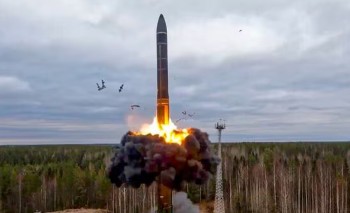 What Makes an ICBM Deadly? Nuclear Warheads, and Catastrophic Impact What Makes an ICBM Deadly? Nuclear Warheads, and Catastrophic Impact The world is shocked by Ukraine's claim that Russia has used an Intercontinental Ballistic Missile (ICBM) in combat for the first time. The devastating scope ... |
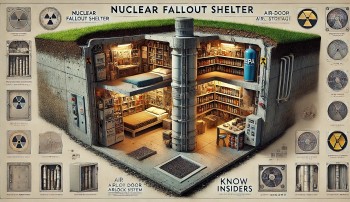 The Safest Places/States in the U.S. to Seek Shelter in Case of Nuclear War The Safest Places/States in the U.S. to Seek Shelter in Case of Nuclear War This article explores the safest places in the United States to seek refuge in the event of nuclear conflict, factoring in geographical isolation, natural barriers, ... |
 Who is Igor Kirillov: Leadership Roles, Assassination, and Net Worth Who is Igor Kirillov: Leadership Roles, Assassination, and Net Worth Ukraine's security service claimed responsibility for killing the head of Russia's chemical, radiological and biological weapons unit, Lt. Gen. Igor Kirillov. |
 How to Build a Nuclear Fallout Shelter in the U.S. for Maximum Safety - Ultimate Guide How to Build a Nuclear Fallout Shelter in the U.S. for Maximum Safety - Ultimate Guide KnowInsiders provides an overview of the reasons for building a fallout shelter, the safest locations in the U.S., estimated construction costs, and the U.S. government's ... |


